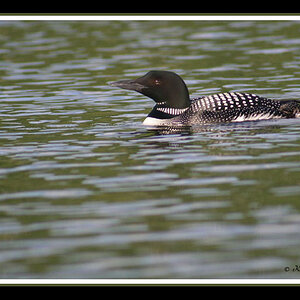PaulWog
No longer a newbie, moving up!
- Joined
- Jun 17, 2013
- Messages
- 1,153
- Reaction score
- 188
- Location
- Canada
- Can others edit my Photos
- Photos NOT OK to edit
I will think about it some more, i am still pretty sure i want an aperture of f1.8 or less.
Remember that photography is about lighting. It seems you want to brute-force past that; the idea of brute-forcing through poor lighting conditions is at odds, and often incompatible, with good photography. You have to work with light, not against it. When you compromise and shoot with a high ISO or faster aperture when you should be shooting with a tripod at a longer exposure, you're compromising & getting worse quality. The same thing is true when you should be shooting with a quicker lens and with a faster shutter speed in other situations. But you need to pick your settings AND your equipment accordingly. You're basically saying that you want to dig ditches with a tooth brush: You can do it, sure, but you won't get the job done very efficiently, and the results won't be nearly as good as with proper tools (you won't get very deep). Plus you'll have a hell of a time when you get around to brushing your teeth.
Another thing to remember is that focus accuracy reduces significantly in low light. A fast lens that doesn't get its focus on correctly isn't going to do you any good.
I think you have been presented with all of your options. It really comes down to what advice you choose to take.


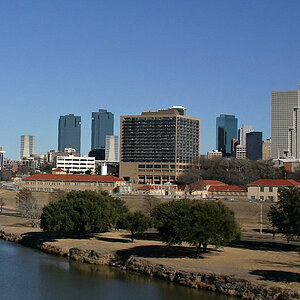
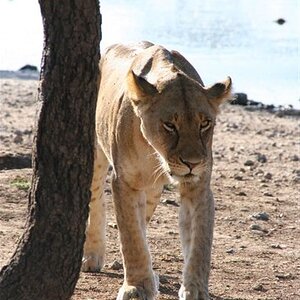
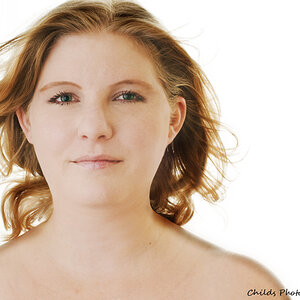
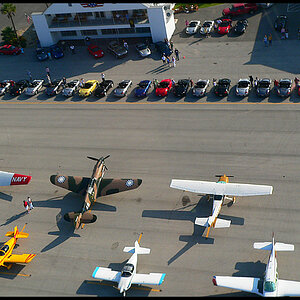
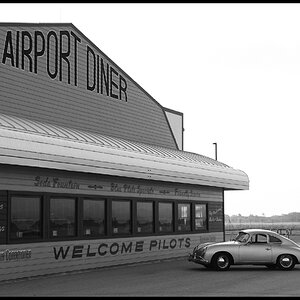
![[No title]](/data/xfmg/thumbnail/37/37603-739c5d9b541a083a12f2f30e45ca2b7b.jpg?1619738147)



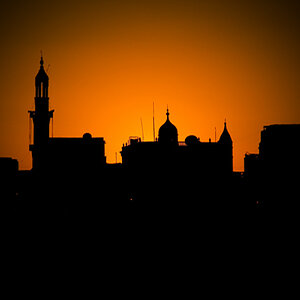
![[No title]](/data/xfmg/thumbnail/37/37604-7ad625e983f92f880eb65a264eeef5e4.jpg?1619738148)
